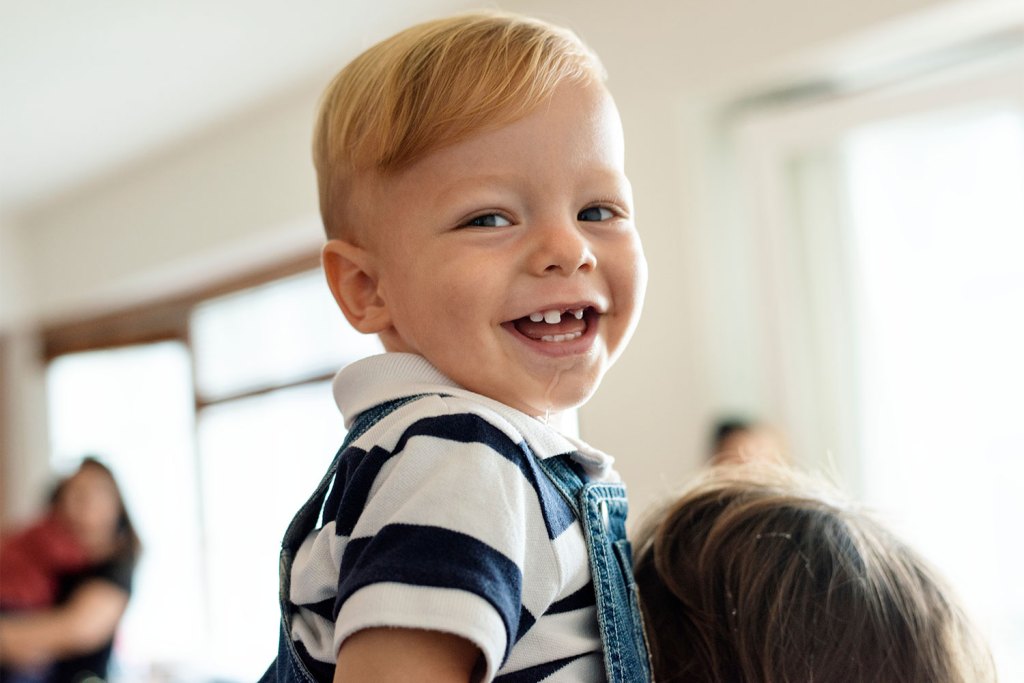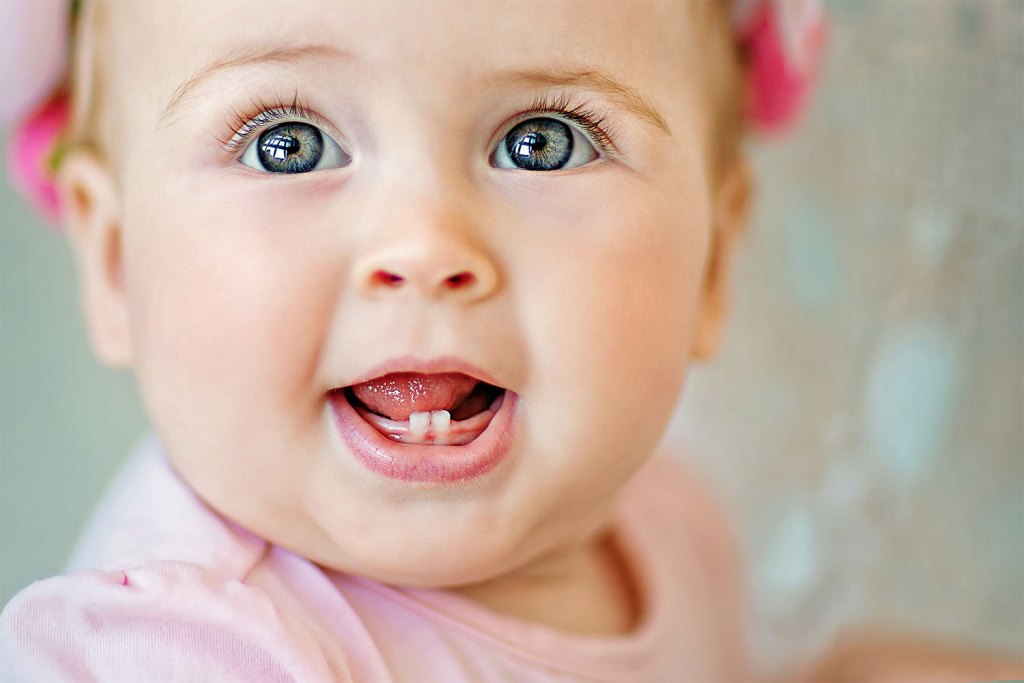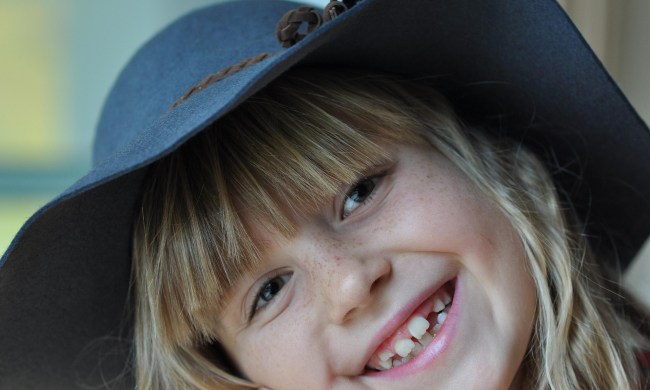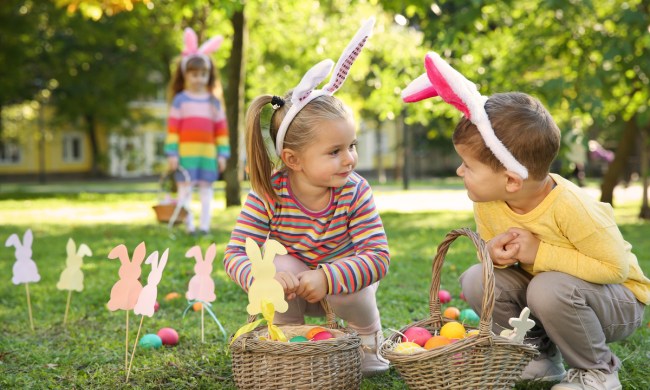One of the most exciting parts of being a parent is when your child’s first tooth (or sometimes teeth) breaks through! Not only does this give your little one some relief from painful teething, but it’s exciting to watch your child as they grow and develop. Like most milestones, when kids start and stop losing baby teeth really depends on the child, but there are some general guidelines parents can be aware of.
Here is a breakdown of when both the eruption and loss of baby teeth typically occur, as well as answers to common concerns you may have, and what you need to know to soothe your kids during this process.
Baby teeth chart

Kids begin to grow their baby teeth around 6 months old, which continues until about age 3. Starting around the age of 6, your child will begin losing his or her baby teeth. This continues until all the teeth are lost by the time they are 12. After that, your kid starts to grow 32 permanent adult teeth.
The table below gives the eruption and loss timeline for baby teeth.
| Tooth name and position | Eruption timeline | Loss timeline |
| Lower central incisors | 6 to 10 months old | 6 to 7 years old |
| Upper central incisors | 8 to 12 months old | 6 to 7 years old |
| Upper lateral incisors | 9 to 13 months old | 7 to 8 years old |
| Lower lateral incisors | 10 to 16 months old | 7 to 8 years old |
| Upper first molars | 13 to 19 months old | 9 to 11 years old |
| Lower first molars | 14 to 18 months old | 9 to 11 years old |
| Upper canines | 16 to 22 months old | 10 to 12 years old |
| Lower canines | 17 to 23 months old | 9 to 12 years old |
| Lower second molars | 23 to 31 months old | 10 to 12 years old |
| Upper second molars | 25 to 33 months old | 10 to 12 years old |
Children lose their baby teeth because they only act as placeholders, creating space in the jaw for future, permanent teeth. When a permanent tooth is ready to erupt, the root of a baby tooth begins to dissolve until it’s completely gone. At that point, the tooth is “loose” and only held in place by the surrounding gum tissue.
First out: Central incisors

You might be surprised to learn that most people lose their baby teeth in the order that they erupt. The lower central incisors are the first teeth to appear around 6 months of age, and they’re also the first to come loose and make room for your child’s permanent teeth when they’re around 6 or 7 years old.
After the lower central incisors, the upper central incisors come out, making way for the bigger upper central incisors we all expect to see in adults. Losing teeth can be an exciting time for some children, especially if you introduce fun concepts like the tooth fairy. But sometimes children experience a little pain or discomfort when they lose a tooth. Here’s how you can help:
After the tooth is removed, have your child rinse their mouth with a simple saltwater solution to help clean their gums. Use a bit of gauze to help cover the area, which is known as a socket, and encourage them not to spit, as this can cause bleeding. Apply a cold, wet cloth after any bleeding has stopped if there’s still pain or discomfort.
Next up: Lateral incisors

After the central incisors have been shed, the next baby teeth to go will be your child’s lateral incisors. Usually, the upper lateral incisors loosen first, which often occurs between ages 7 and 8.
At this point, your child should be more familiar with the experience of losing a tooth. Ideally, it should no longer be a scary experience since they’ll have already lost four teeth before the lateral incisors.
Let’s see those choppers: Primary first molars

As your child loses more and more teeth, it becomes a significantly easier process for parents. While teething may be uncomfortable in general, incoming molars might be especially painful for babies and toddlers.
In contrast, the primary molars (also known as first molars) usually aren’t painful when they fall out or are replaced by permanent molars. These primary first molars are usually shed between the ages of 9 and 11 years old.
Final act: Primary second molars and canines

The last sets of baby teeth to go are the canines and primary second molars. The canines are usually lost between the ages of 9 and 12 years old, while the primary second molars are the last baby teeth your child will lose. These final sets of teeth are usually shed between the ages of 10 and 12.
What to do in the case of delayed development

Although children develop on their own timetable, you may want to schedule an appointment with your pediatrician or pediatric dentist if your little one still doesn’t have any teeth by the time they’re 15 months old, suggests the American Academy of Pediatrics. If your baby is late getting their teeth it’s quite likely they’ll also be late losing them, too.
Late teeth can be caused by a number of things, including genetics but also premature birth, low birth weight, poor nutrition, and certain syndromes, and developmental or endocrine disorders. According to Healthline, delayed eruption can cause trouble chewing, speech difficulties, and difficulty making facial expressions, like frowning or smiling.
As your child grows, their jaws also grow to accommodate the larger permanent teeth. By the age of 13, they should have a full set of permanent teeth.




